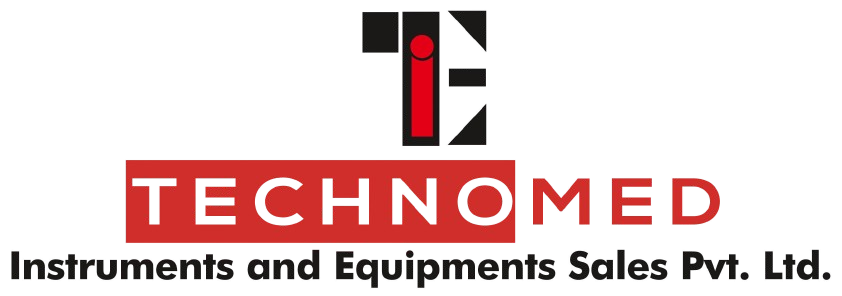Hospital Infrastructure Planning in India: Trends, Challenges, and Solutions
Hospital Infrastructure Planning in India
The quality of hospital infrastructure plays a crucial role in delivering efficient, safe, and patient‑centric healthcare. In India, where the demand for advanced medical facilities is rising rapidly, proper hospital infrastructure planning has become essential for both urban and rural healthcare providers.
At Technomed Instruments & Equipments Sales Pvt. Ltd., we’ve been helping hospitals across India — from small nursing homes to large multi‑specialty hospitals — design and equip facilities that meet international healthcare standards. In this blog, we explore the latest trends, key challenges, and practical solutions for hospital infrastructure planning in India.
Emerging Trends in Hospital Infrastructure Planning
1. Modular Operation Theaters
Modular OTs are gaining popularity due to faster installation, improved infection control, and easy scalability. They allow hospitals to upgrade surgical facilities without lengthy construction downtime.
2. Digital Health Integration
Smart ICUs, telemedicine rooms, and centralized monitoring systems are becoming standard features in modern hospitals, improving patient monitoring and data management.
3. Green & Sustainable Designs
Hospitals are adopting energy-efficient lighting, water recycling systems, and low‑emission construction materials to reduce their environmental footprint.
4. Flexible Space Utilization
Designs now emphasize multi-purpose areas that can quickly be adapted for emergencies, pandemics, or increased patient loads.
Key Challenges in Hospital Infrastructure Planning in India
1. Limited Space in Urban Areas
With land scarcity in cities, hospitals face challenges in expanding facilities without disrupting existing operations.
2. Budget Constraints
Small and mid‑sized healthcare providers often struggle to balance quality infrastructure with cost efficiency.
3. Regulatory Compliance
Meeting NABH and ISO 13485 standards requires detailed planning, investment in certified equipment, and regular audits.
4. Technology Adoption Barriers
Some hospitals hesitate to adopt advanced technologies due to high upfront costs or lack of skilled operators.
5. Rural Healthcare Gaps
Remote areas often lack proper infrastructure, skilled staff, and access to advanced medical equipment.
Solutions for Effective Hospital Infrastructure Planning
1. Partner with Expert Healthcare Solution Providers
Working with experienced suppliers like Technomedie ensures that hospitals get customized designs, quality equipment, and compliance-ready installations.
2. Adopt a Phased Expansion Strategy
Rather than building everything at once, hospitals can plan phased upgrades — starting with essential facilities like ICUs and OTs, then adding specialized departments.
3. Invest in Modular and Prefabricated Solutions
Modular OTs, ICU units, and diagnostic labs can be installed faster and at a lower cost than traditional construction.
4. Focus on Long‑Term Sustainability
Incorporating energy-efficient systems and durable equipment reduces maintenance costs and environmental impact.
5. Leverage Government Healthcare Schemes
Programs like PM‑ABHIM and public‑private partnerships can provide funding support for rural and semi‑urban hospital projects.
Technomedie: Your Partner in Building Future‑Ready Hospitals
From hospital gas manifold systems to turnkey ICU setups and modular operation theaters, Technomedie delivers ISO‑certified solutions tailored to Indian hospitals’ unique needs. With over 15 years of experience, we help healthcare providers design, install, and maintain facilities that meet global standards.
Conclusion
Hospital infrastructure planning in India is evolving rapidly, with modular, digital, and sustainable designs leading the way. The key to success lies in strategic planning, the right technology, and trusted partners who understand healthcare needs.




